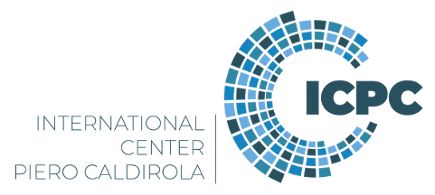Speaker
Description
As part of the EUROfusion Enhancements Activities for JT-60SA, a feasibility study was launched for a Vertical Neutron Camera (VNC) and a Compact Neutron Spectrometer (CNS) to complement the current Neutron Diagnostics (NDs) already present. This paper describes the conceptual design of a VNC and a CNS that satisfy the rather severe engineering constraints determining the measurement specifications. Space allocation for the neutron and γ-rays shielding, port access and free views of the plasma severely limited the diagnostic design. As a result of this study, a high resolution neutron spectrometer based on the time of flight technique was not considered feasible due to engineering constraints.
The main scientific rationale of these NDs is to clearly distinguish neutron generation mechanism (thermal-thermal and beam-thermal) and to contribute to the characterization of fast ions and their interactions with MHD instabilities with the ultimate goal to extrapolate the performance of JT-60SA to ITER. The presence of both positive and negative neutral beam injectors with 85 and 500 keV energy respectively will produce two different fast ions populations with different pitch angle driving different energetic particle modes, BAEs, TAEs, GAEs and CAEs. In particular, the role of confinement and loss of fast ions, including
ELMs and RMPs, has a strong impact on current drive efficiency. Finally, these additional NDs will allow studies of triton burn-up especially important for validating fast particle transport models and testing predictions of MHD stability and anomalous losses which is of
direct relevance to future reactors (e.g. ITER and DEMO) due to the 1 MeV T having a Larmor radius similar to that of 3.5 MeV α-particles.
A feasibility study shows that the VNC looks at the plasma through a vertical port and a 60 mm gap in the divertor intersecting the plasma core region from a pocket in the floor underneath the cryostat. The gap in the divertor limits the view in the radial direction constraining the number of lines of sight to less than 8. A collimator of 1.5 m length and 3
mm diameter results in count rates ranging from 2 × 103 to 1 × 106 s−1 for scenarios S2 and S5 (lowest and highest NBI power) respectively based on typical liquid scintillator detectors. Alternative detectors are also under consideration including organic glass scintillator and LaCl3(Ce) crystals both with neutron/γ-rays pulse shape discrimination capabilities. In the latter, neutron detection occurs via a nuclear reaction resulting in a peak in its energy spectrum enabling neutron spectroscopy. The LaCl3(Ce) based detector is also considered for the CNS which has a tangential view of the plasma equatorial plane and is located inside
a borated polythelene/lead shielding of 95 cm length and 3 cm diameter resulting in a count rate in the range 1 - 10 ×103 cps for scenario S5. Neutron emissivities and spectra for the relevant scenarios have been calculated using the TRANSP/NUBEAM and DRESS codes.

